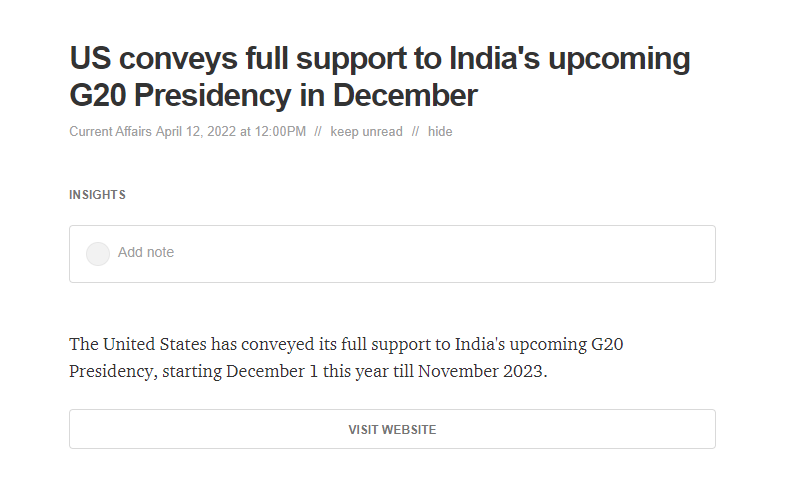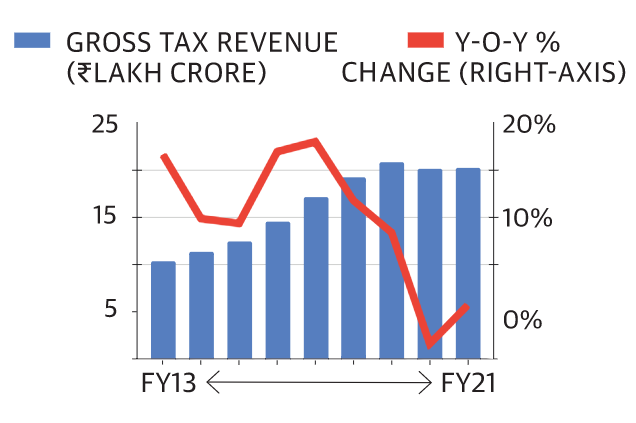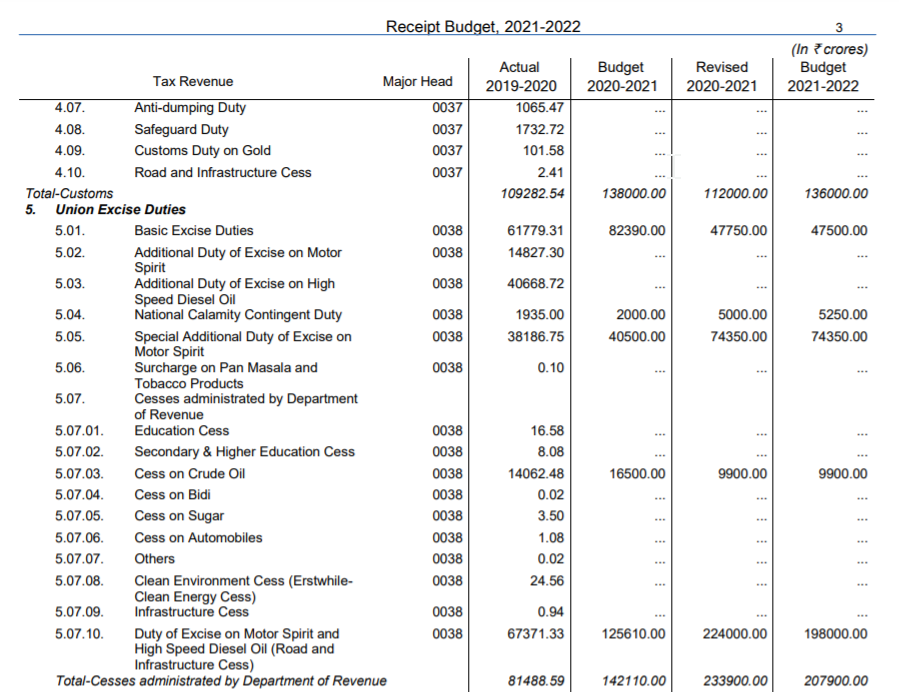Livemint, Hindu Business Line, Business Standard, Times of India, The New York Times, The Hindu, The Washington Post, The Economist, Bloomberg Quint and Noah Smith’s Substack.
These are, as of now, my sources of news online that I pay for.
There are other newsletters that I subscribe to and pay for (The Browser is an excellent example), and I read stuff published in other newspapers too, but I’m restricting myself to only the current news sources that I pay for. I would like to subscribe to the Financial Times and to Stratechery too, but my budget line begins to cough firmly and insistently at this point, more’s the pity.
But here’s the thing: reading news online sucks.
Some are worse than others, and I’m very much looking at you, Business Standard. Their app is a joke, and the number of times one has to sign in while reading the paper on a browser isn’t funny. Some are, relatively speaking, better. The NYT website and app are both pretty good, as is the Economist. But still, it isn’t friction free, and there really should be a way to get the user experience to be better than it is right now.
And more than better, a more urgent word is uniform. Here’s a simple use case: let’s say I want to read articles on the current lockdown in Shanghai. I have to go to each website, and either run a search, or navigate to the appropriate section. But on each website, the search button will be located in a slightly different place, with a slightly different user experience. Each website while have their own navigation system. Each website will have different ways to filter search results.
Some will allow you to copy excerpts, some won’t. Some will allow clips and force an appendage at the end (“Read More At XYZ” – I’m looking at you, ToI). But by the time I finish visiting the third website to read about the topic I wanted to – current lockdowns in Shanghai – I’m pretty much done out of sheer exasperation.
It shouldn’t be this hard!
Workarounds kind of exist. For example, I can add the RSS feeds to Feedly, or any other feed reader of your choice. If you’re not familiar with Feedly, or RSS readers in general, here is an old post about it. But the reason I say kind of is because most (if not all) newspapers will not provide the full article in the RSS feed. You have to click through to read the full thing.

Which, to be clear, is entirely understandable. User tracking, ads, and all the rest of it, I get it. But it does mean that Feedly isn’t a great way to keep track of all these articles in one place.
What I would really like is an app/service that aggregates all news sources in full in one place, and allows me to sign in to premium news sources via that app/service.
Does such a service exist? Or are there workflows that solve this problem?
Please, do let me know!



